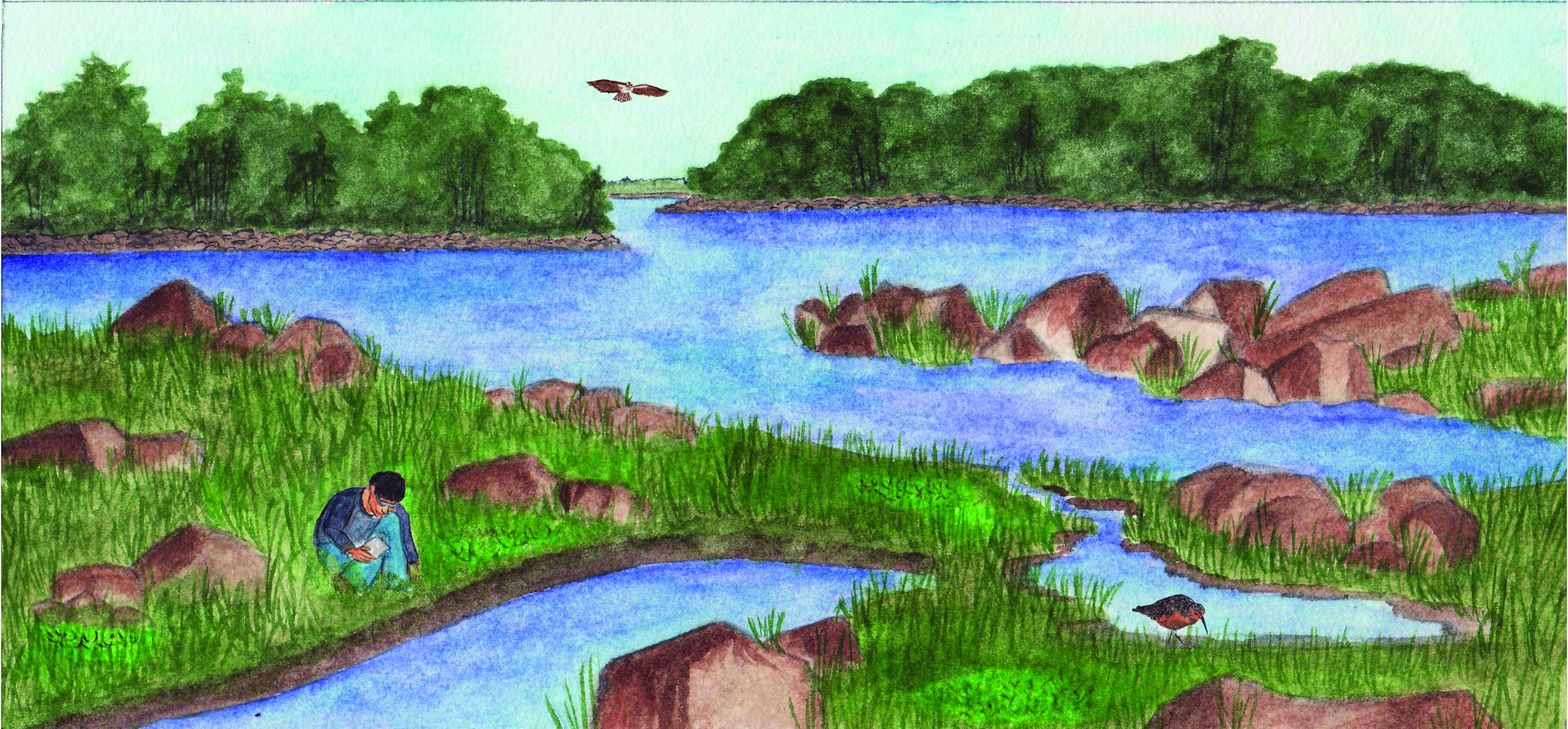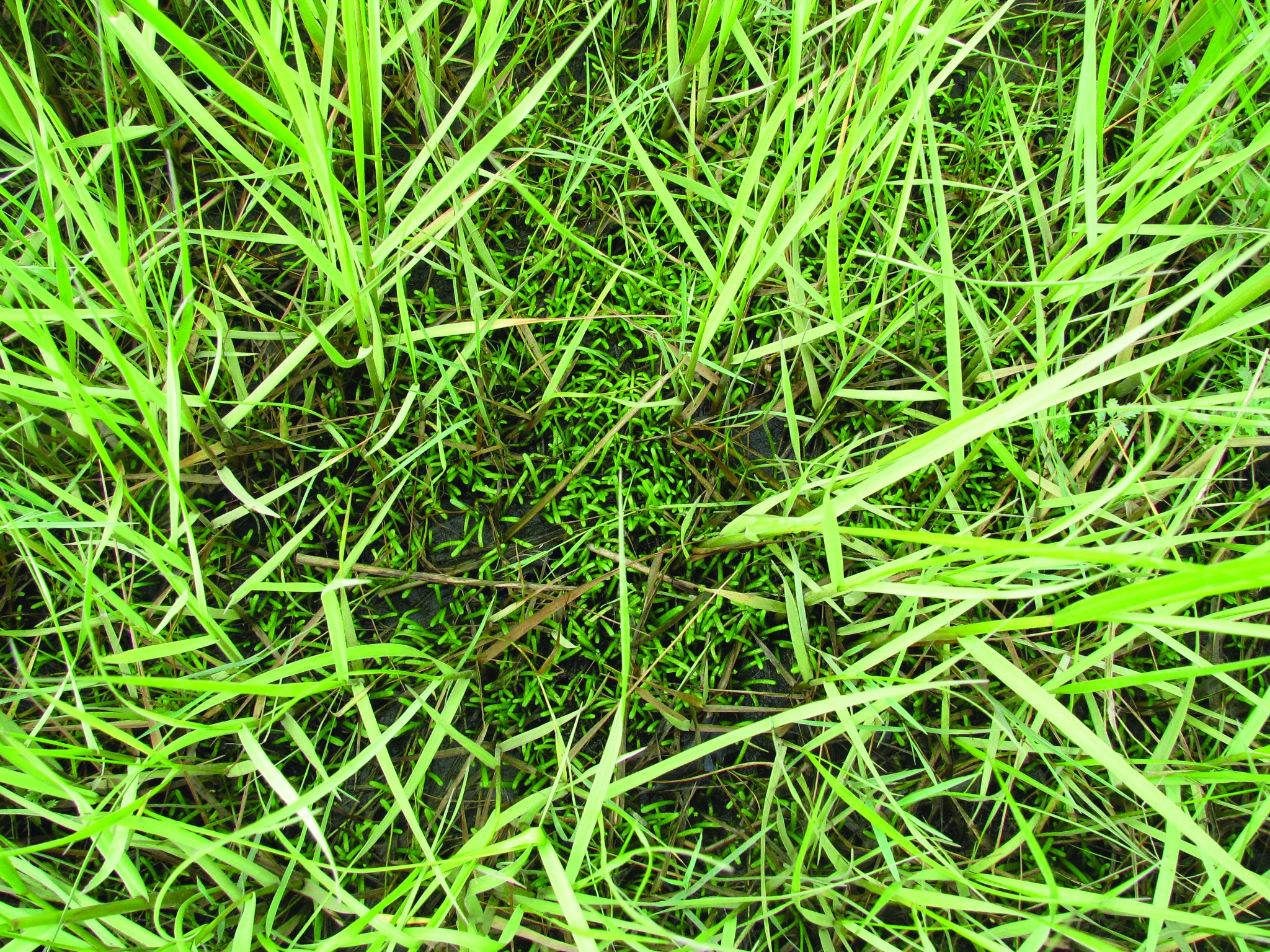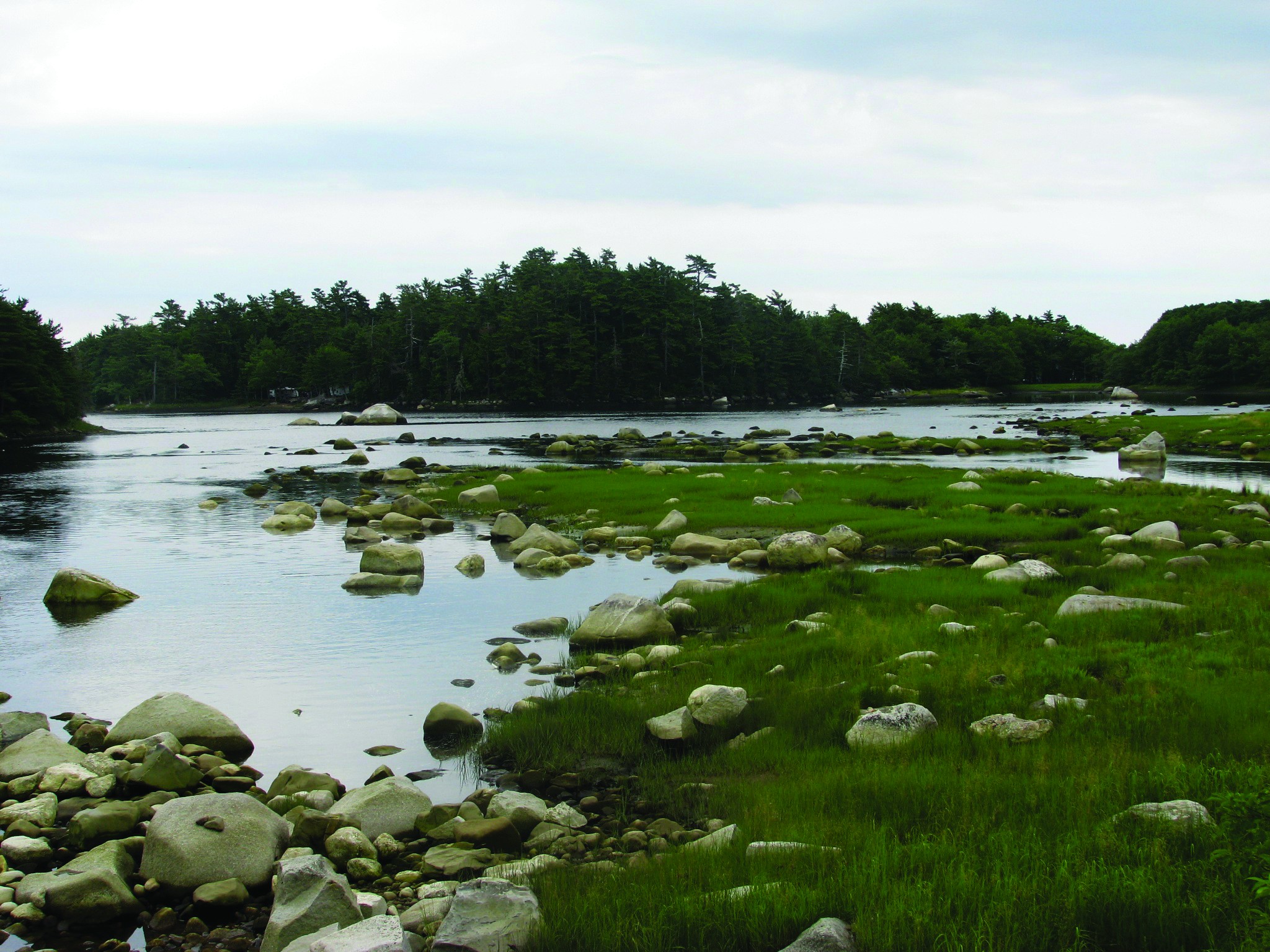
Estuaries are coastal locations where fresh and salt water mix at the mouths of rivers entering into the ocean. Estuaries are regions of high biological diversity and contain unique species specially adapted to living in this environment. Eastern Lilaeopsis is an Atlantic Coastal Plain Flora species at risk that is found in estuaries.
If you live or work near Eastern Lilaeopsis habitat take special precautions not to disturb or impact this species in estuaries at the mouth of the Phillip, LaHave, Medway, Annis, Roseway, and Tusket Rivers.
Follow the lake shoreline practices outlined in this guide.
These practices are applicable to any shoreline area including rivers and estuaries.
.jpg)

.jpg)

Eastern Lilaeopsis in July Under Saltwater Cordgrass Start of flower formation Estuary habitat


